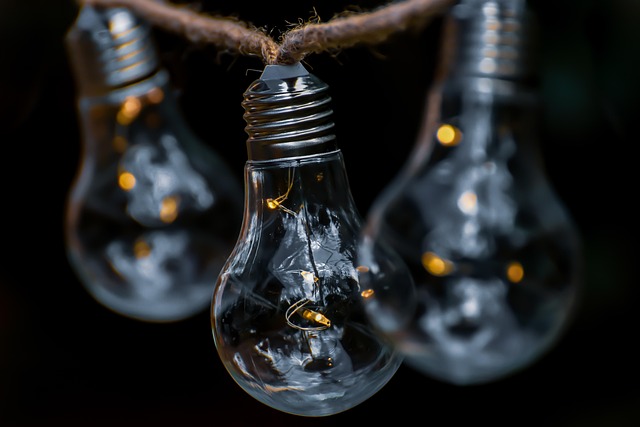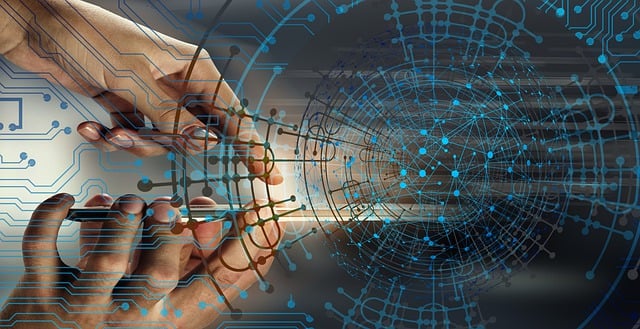Water scarcity driven by climate change, urbanization, and population growth has led to inadequate traditional plumbing systems. In response, plumbing technologies are developing innovative solutions like smart showerheads and low-flow toilets that promote sustainable water usage. These fixtures offer real-time monitoring, precise control, and individual accountability, reducing water waste while fostering eco-friendly habits. Smart plumbing technologies, leveraging IoT connectivity, transform water conservation efforts, providing tailored experiences while minimizing environmental impact. By integrating these modern solutions, individuals contribute to sustainability, conserve resources, and enjoy efficient, smart home features.
In an era where water scarcity looms large, the global community is increasingly recognizing the pressing need for sustainable water management. This article delves into the heart of this crisis and explores innovative solutions through plumbing technologies and smart fixtures. We dissect how these advanced systems, driven by intelligence and efficiency, are revolutionizing water-saving strategies at home and beyond. Get ready to discover a future where every drop counts, as we navigate the exciting world of water conservation through cutting-edge plumbing innovations.
- The Growing Need for Water Conservation: Highlighting the Global Crisis
- Plumbing Technologies: Revolutionizing Water-Saving Strategies
- Smart Fixtures: Defining the Future of Efficient Water Usage
- Types and Benefits of Water-Conserving Fixtures
- Integrating Smart Features: Enhancing Efficiency and User Experience
The Growing Need for Water Conservation: Highlighting the Global Crisis

In recent years, the world has witnessed a stark rise in water scarcity and crisis, making water conservation a global priority. This growing need is driven by various factors, including climate change, rapid urbanization, and increasing global populations. Traditional plumbing systems, designed decades ago, are no longer sufficient to meet contemporary demands. The race to address this pressing issue has led to the development of innovative plumbing technologies and water-conserving fixtures that promise a sustainable future.
The global crisis is evident in various regions, where water sources are either dwindling or becoming increasingly polluted. This scenario necessitates a shift towards more efficient and responsible water usage. Smart water fixtures, equipped with cutting-edge technology, offer precise control and real-time monitoring, allowing users to reduce wastage significantly. These plumbing technologies not only promote individual responsibility but also contribute to larger community efforts in preserving this precious resource for future generations.
Plumbing Technologies: Revolutionizing Water-Saving Strategies

Plumbing technologies are at the forefront of revolutionizing water-saving strategies, offering innovative solutions to reduce domestic water consumption. Modern fixtures, such as smart showerheads and low-flow toilets, have emerged as game-changers in the pursuit of sustainability. These devices not only minimize water wastage but also provide users with real-time data on their usage patterns, empowering them to adopt more eco-friendly habits.
The integration of smart sensors and advanced engineering ensures these plumbing technologies deliver powerful performance while using significantly less water. For instance, smart showerheads can maintain ideal water pressure while reducing flow rates, making the showering experience just as enjoyable but with a fraction of the water usage. Similarly, low-flow toilets use pressurized air to flush waste, eliminating the need for large amounts of water typically required in traditional models.
Smart Fixtures: Defining the Future of Efficient Water Usage

Smart fixtures are revolutionizing the way we think about water conservation, defining the future of efficient water usage in our homes and communities. These innovative plumbing technologies integrate cutting-edge sensors and connectivity to monitor and optimize water flow, ensuring every drop is used responsibly. From smart showerheads that adjust water pressure and temperature based on user preferences to advanced faucets capable of detecting hand movements, these fixtures offer both convenience and conservation.
By leveraging data and automation, smart fixtures can help reduce water waste significantly. They can detect leaks, alerting homeowners in real-time, and even learn individual usage patterns to suggest tailored water-saving measures. This not only promotes environmental sustainability but also translates to substantial cost savings on water bills. As plumbing technologies continue to evolve, smart fixtures are poised to become a cornerstone of sustainable living, shaping a future where efficient water use is seamlessly integrated into our daily routines.
Types and Benefits of Water-Conserving Fixtures

Water-conserving fixtures are a pivotal aspect of modern plumbing technologies, designed to reduce water usage while maintaining functionality and often enhancing user experience. These fixtures include low-flow toilets, aerator faucets, and efficient showerheads. Low-flow toilets, for instance, use advanced flushing mechanisms to conserve water without sacrificing cleanliness. Aerators on faucets mix air with water, reducing flow rates while still providing a strong spray, cutting down on water consumption without compromising user satisfaction. Efficient showerheads combine water pressure and temperature control, ensuring users receive an optimal experience while using significantly less water.
The benefits of these plumbing technologies are multifaceted. Firstly, they help preserve this precious resource, which is increasingly becoming a global concern. Secondly, they can lead to substantial cost savings for homeowners through reduced water bills. Moreover, many water-efficient fixtures earn certifications like WaterSense, indicating their efficiency and encouraging environmentally conscious consumers to choose them over traditional models. By embracing these innovations, individuals not only contribute to sustainability but also enjoy the advantages of modern, smart plumbing solutions in their homes.
Integrating Smart Features: Enhancing Efficiency and User Experience

Integrating smart features into water-conserving fixtures is transforming the way we interact with our plumbing technologies, enhancing both efficiency and user experience. These advanced systems leverage Internet of Things (IoT) connectivity to offer real-time monitoring and control over water usage. For instance, smart toilets can detect the presence of users and automatically adjust water flow and temperature settings, while intelligent faucets provide precise water delivery based on hand movements or touch commands.
This innovative approach not only reduces water wastage but also contributes to energy conservation by minimizing heating requirements. Users benefit from a more convenient and personalized experience, as these fixtures learn their preferences over time and adapt accordingly. The integration of smart features into plumbing technologies is thus a significant step towards sustainable living, combining modern convenience with environmental responsibility.
